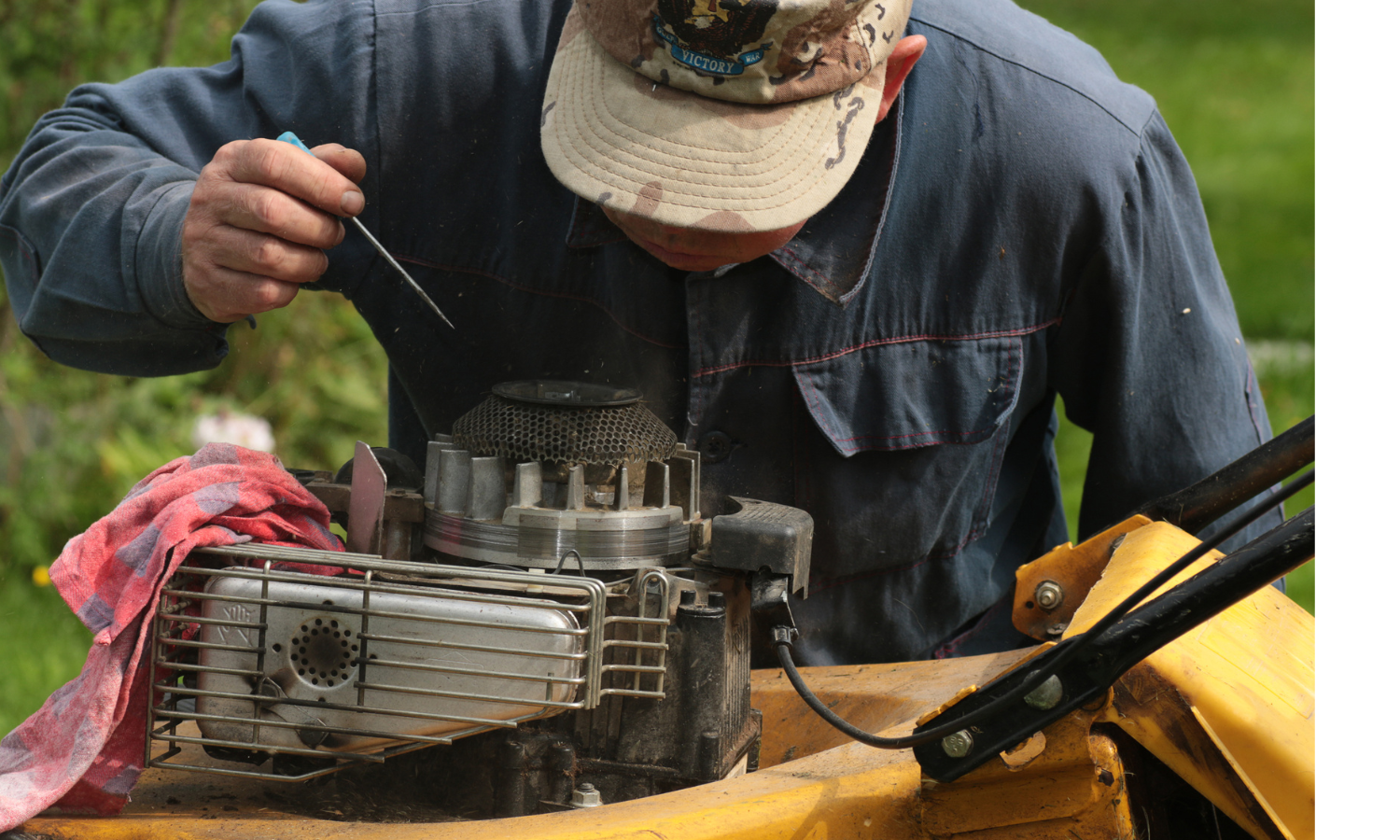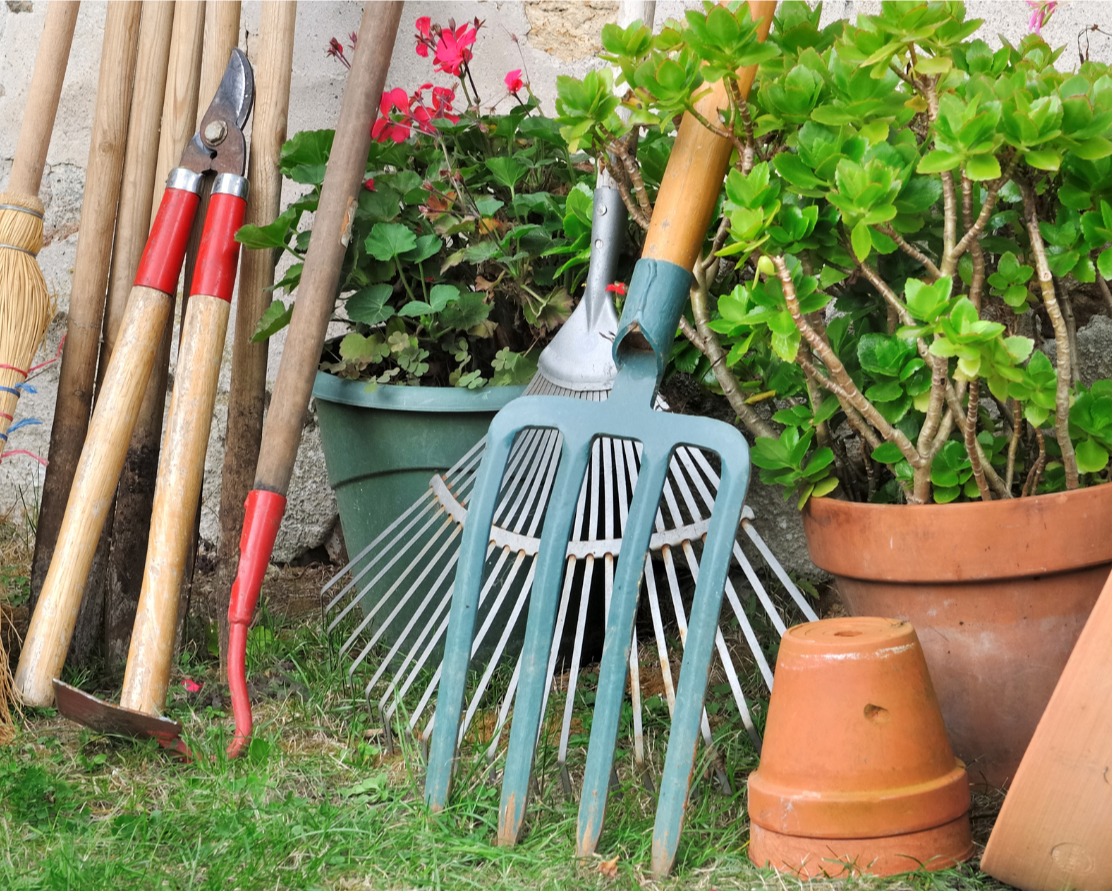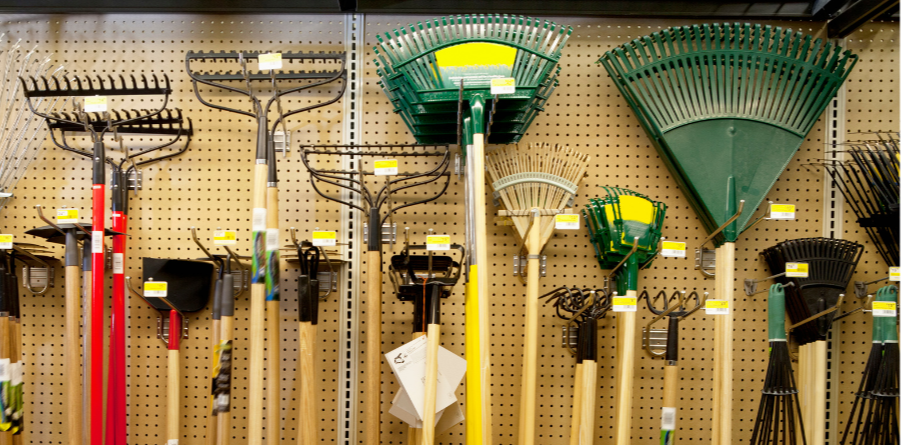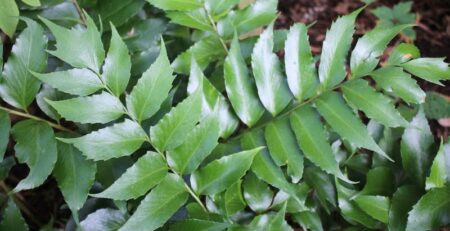Caring for Your Garden Tools
Oh, how those first days of warmer temperatures ignite the desire to get back out in the garden. But wait! Your hand tools no longer make a clean cut, or your lawn mower will not start. January, with an average of ten days of freezing temperatures, is the perfect time to get all of your tools ready for the upcoming working season. Try these suggestions to protect your investment in garden tools and to help them last a long time.
Winterizing your gas-powered machines
During the winter months, your mower should be emptied of gasoline and oil, and the deck and underneath should be clean. Disconnect the spark plug and replace it. The air filter should also be replaced. Remove the blade and sharpen it if necessary. Wait until spring to refill with gas and oil.
This process also works for your other gas-powered machines like trimmers, edgers, blowers and rotary tillers. If you are not into do-it-yourself projects, send your machines out to have the work done.

This is a great time to consider converting your mower to a mulching mower that will cut down on the need to bag your leaves. Almost all leaves can be mulched and used in your garden beds. The exception is magnolia and live oak leaves, as they take too long to decompose.
Hand tools
Taking care of your hand tools involves cleaning them after you finish each job. To keep metal parts from rusting and to keep them working smoothly, they should also be oiled. Oil can also be used on wooden handles to keep them from deteriorating. While various kinds of oil have been suggested, motor oil, or a bucket of sand with a quart of oil in it, works well. But the best oil for the job is boiled linseed oil. This is a plant-based oil made from the seeds of the flax plant rather than a petroleum-based oil. Therefore, you will not be transferring petroleum products from your tools into your garden soil.

Sharpening your tools can be done with a flat file or a whetstone. Always wear protective goggles and gloves when sharpening. A tiny sliver of metal in your eye or skin can be very painful. File at the same angle that is already there. A steeper angle will result in a sharper tool, but one that could more easily be broken.
Lastly, label your tools with your name. An easy way to do this is to use the address labels that we receive almost daily in the mail. This will ensure that you go home with your own property after working on projects around the neighborhood.
Purchasing new tools
If you need to purchase new or replacement tools, here are a few tips. First, you can expect to see a wide range of prices for the same type of tool. Generally, the more expensive the tools, the higher their quality. Tools made with a higher quality of metal have a solid feel and last longer. Since we use our garden tools for many years, it is worth it to invest in good ones.
Secondly, pay particular attention to the handle and where it is attached to the working end of the tool. A piece of hardware usually connects them, and it should be heavy duty and should go all the way through the handle. If the handle is made of wood, check to be sure it is free of knots and flaws. If the handle is painted, it may be covering up a flaw, so if you want a painted handle, it is better to paint it yourself.
Finally, while online shopping is convenient, a visit to a hardware or garden store means you can hold the tool in your hands and determine if it’s right for you. You want to select a tool that is comfortable to use, and not too heavy or large. A tool that lasts a long time is worthless if it is the wrong one for you.











